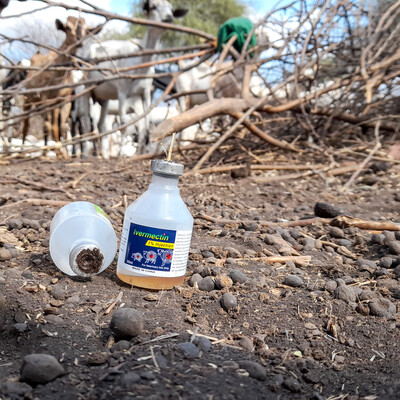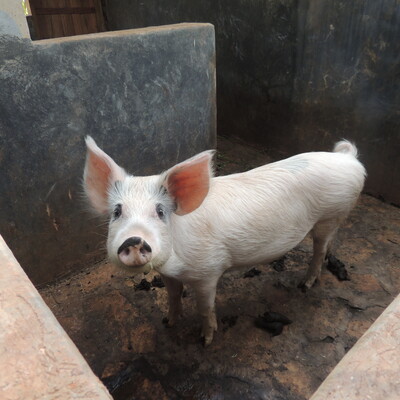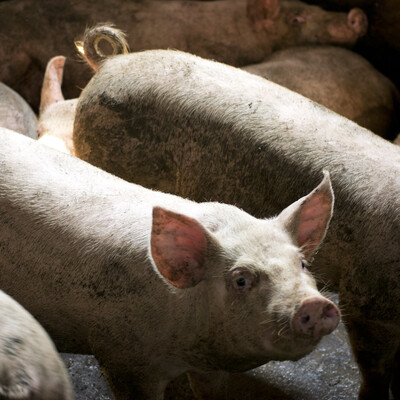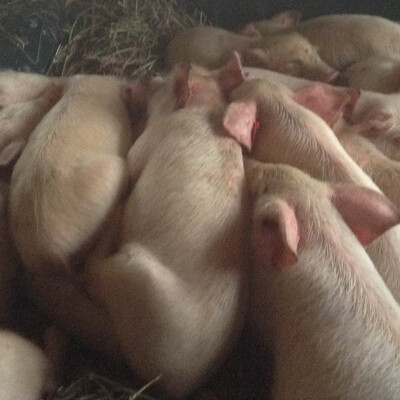
A genomics approach to understanding the immunopathology of contagious bovine pleuropneumonia (CBPP): Improvement of current live vaccines and development of next generation vaccines
This project is aimed at providing effective technologies for the control of contagious bovine pleuropneumonia ([CBPP], currently the most important trans-boundary disease in sub-Saharan Africa. The disease has been estimated as causing economic losses of US$2 billion per annum in Africa. The impact of CBPP is felt at both national and local levels, affecting both trade and the local economy. The African Union (AU/IBAR) has identified CBPP as the most economically important livestock disease on the continent after the eradication of rinderpest. CBPP is currently present in 15 Asian/Middle Eastern and 27 African nations. CBPP is present in some of the poorest countries in Africa, where agriculture provides 80-90% of employment and where the disease is a major impediment to livestock owners. Direct losses result from mortality, reduced milk yields, and the costs of vaccination, antibiotics, veterinary services and disease surveillance.
Objectives/Goals
This project aims to control CBPP through three complementary strategies:
- Improvements to current vaccines which are inexpensive and easy to apply and which should greatly increase vaccine efficiency. These changes will be tested in the field to assess their safety and effect upon disease control and should have an immediate impact
- Changes will be made to current vaccines to make them safer. At present, vaccines can sometimes cause reactions in some animals, which means that many livestock keepers refuse to use them. These changes which will take 1-3 years to make, and should result in a much safer (and possibly more efficient) vaccine.
- Current vaccines are not ideal since the immunity is short lived (about a year). It is intended to make a detailed study of what occurs in the immune system of animals infected with CBPP. This knowledge should ultimately allow the design of a very safe and very effective vaccine, which might then allow the eradication of this disease from the continent.
Expected outputs
- Evaluation of modified vaccine in laboratory trials at Muguga, Kenya
- Evaluation of the modified vaccine in comparison to current vaccine under field conditions in selected sites in Kenya and Tanzania
- Improvement of efficacy and safety of a live vaccine strain of M.mycoides subsp mycoides SC
- Analysis of the major adhesion factors of M.mycoides subsp mycoides SC
Contact: Joerg Jores

















